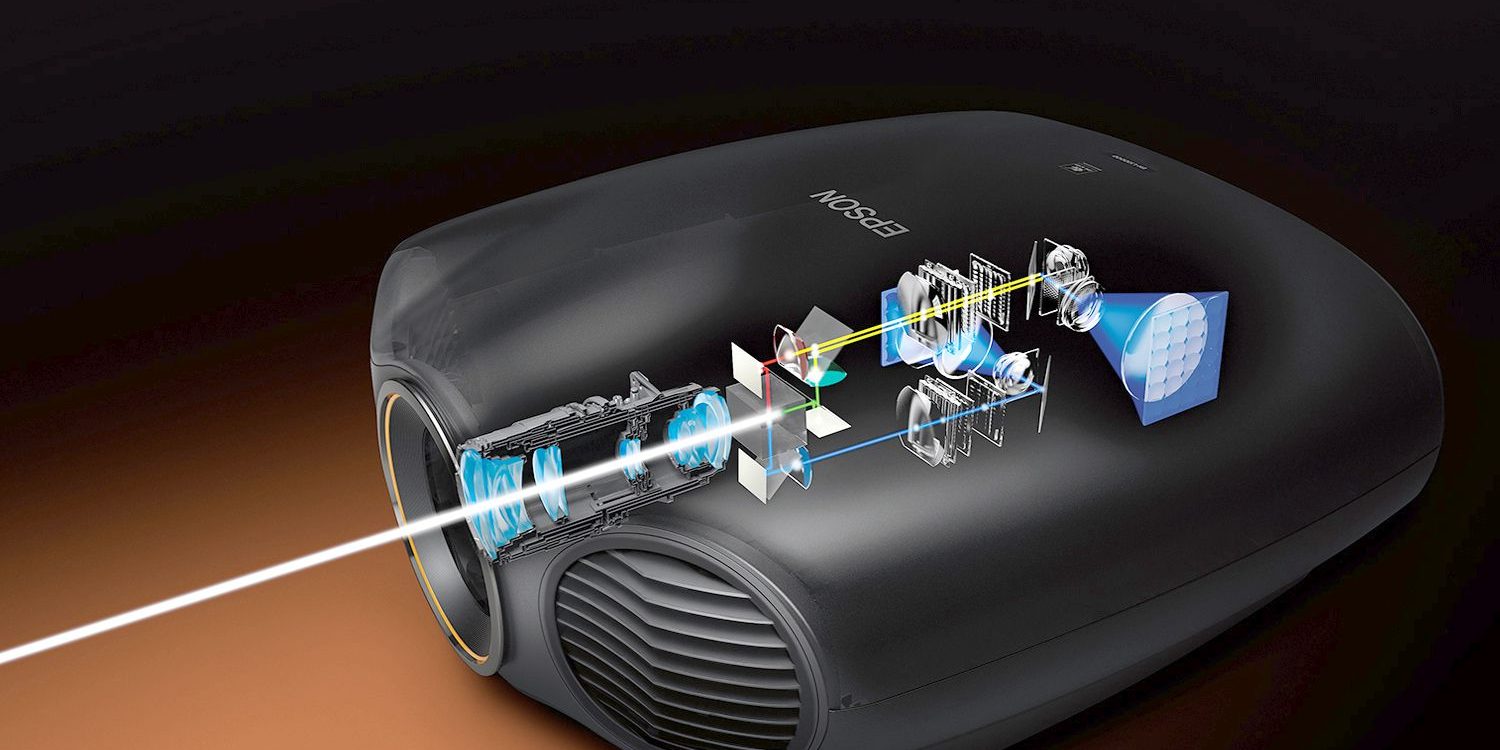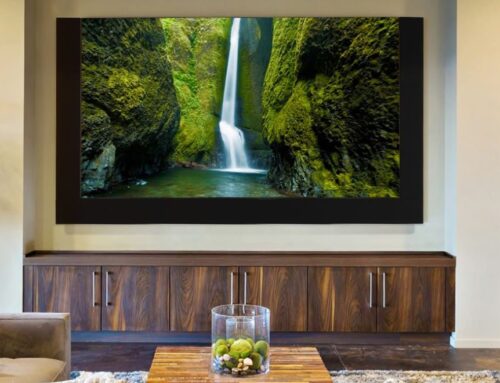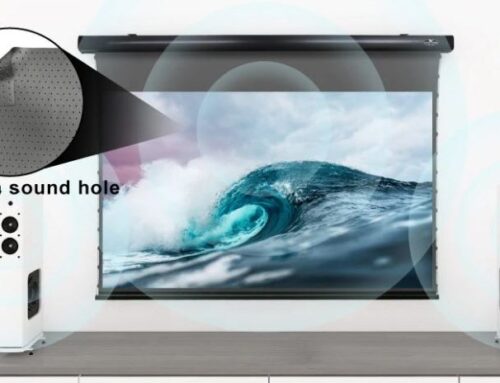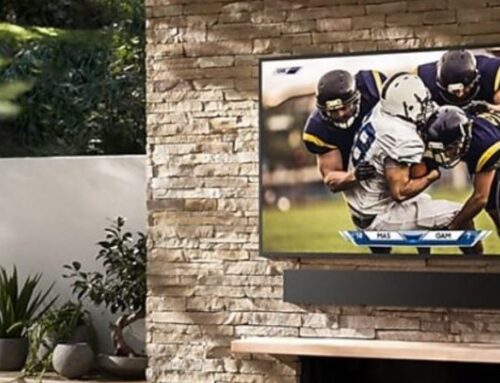Home Cinema projector lamp Vs laser?
Projector Laser light source Technology is the ultimate expression of cutting-edge technology, designed for enthusiasts and connoisseurs who enjoy uncompromised pictures and want to experience the big screen. 4k HDR laser projectors combine the new Blu-Ascent laser light source and exquisite native 4k high dynamic range (HDR) moving images at a brightness that fills every inch of a big screen setup.
First Thoughts
There are quite a few things to consider when buying a projector. Price, the size of image and the lighting conditions and the space you are looking to have it are an important factor. But what about the projectors light source? With price in mind should you stretch your budget and consider the more expensive Laser light source technology?
The value
You will find allot of deals on the internet by typing Home cinema projector into Google and you will find projectors from £400 to £65,000 you will see specifications and wonder why a Projector that seemingly has the same 4k with HDR spec at say £800 is different to one that £6,000, find the only difference is that the £6000 model is a laser projector but how can a laser projector justify being £5000 more?
Lamp Projectors
Most projectors you find up to the £6,000 price point will running an older lamp technology, the lamp is the light source for the projector needed to shine the image on a projector screen. The lamp life varies from different manufactures and will typically last thousands of hours and you will get around 5 years of use before you need to purchase a new lamp and replace it. A new lamp can be from £100 to £300, If you look at the manual you can replace the lamp yourself, but it is advised professional help is found.
How do lamp projectors work?
In your search lamp projectors are by far the most common technology you will come across; it is an established technology that’s cheap and easy to manufacture. The lamp solution works by passing an electrical signal through it producing photons particles of light that are visible to the human eye. When it comes to projectors, TV’s and other displays, there are red, blue and green pixels inside the display, these combine to make all the colours you see when viewing an image. In the specifications you will find two projector technologies. Digital Light Processing know as (DLP) coming in the form of a chip that reflects light and bounces it off an array of tiny mirrors or (LCD) Liquid Crystal Disc which is the process of passing lights through layers of LCD the same way a TV does.
Lamp Advantages and Disadvantages
Lamp projectors have been around for a while and they are easy to manufacture reliably on a mass scale making them more affordable. The lamps in most projectors are replaceable and typically last for a good few thousand hours. In most cases projector & screen setups are most commonly used in a dedicated room or as a second display for special occasions in the home and more often than not they are used about half as much as a TV, with this amount of use you could get over 5 years before having to replace a bulb. The disadvantages with lamp projectors are they take few minutes to warm up to their full brightness. This isn’t a deal breaker when at home, you just have to remember turn it on before you get your drinks and popcorn. However when they do finally get to full brightness remember, laser technology can be brighter, owning a projector with a lamp source can be quite stressful depending the lighting conditions, when in rooms with more ambient light to achieve the brightest image means you have to take the power settings from eco to full, this means the lamp is burning brighter and thus reducing the lamp life. From a personal experience owning a DLP model I am always paranoid about the lamp life and check maybe every month how many hours I have left, I am dreading to have to think of rationing my joyous movie watching or gaming experience when the clock is ticking and getting near the end of the lamp life.
Remember if you are going to replace the lamp depending on your technical ability there could be further costs not only for the lamp itself but for an engineer call out as it is recommend by the manufacture that you should seek professional assistance for the swap out!
Laser Projectors
Laser projectors are the new standard for home cinema projection, you will find they are more significantly more expensive, but they are brighter and last much longer, typically over 20,000 hours. That means if you are a heavy user you could enjoy up to four hours every day and your laser projector will last over 13 years. Laser projectors first came on the scene in 2008 targeted at the professional or enthusiast the cheapest retailing at around £8000, however this technology has been out for over 10 years and manufactures have had time to develop their processes and run their production lines more efficiently and retail prices are starting to fall the reasonable prices. You can get a reliable Optoma UHZ65 that gives premium models a run for their money for around £5,000.
How do Laser projectors work?
The laser technology works the same as DLP and LCD an electrical current excites electrons inside atoms of specific glasses, glasses, or crystal. The excited electrons then move around the atom’s nucleus. Once the electrons move back to their normal state, they give off light photons that our eyes can see. Just like with the lamp projectors the light is passed through a set of mirrors and DLP chips until they get to the final projection lens.
Laser Advantages and Disadvantages
The main advantage of a laser projector is they last much longer than lamp projectors. The Optoma UHZ65 is rated at 30,000 hours. If you use it for 4 hours per day then you are not going to be needing to buy a projector for just a little over 20 years but you will need to like a TV replace the whole projector as it is not possible to just replace the laser inside like you can a lamp. This is probably not a deal breaker as it is guaranteed with technology that the projector will be made obsolete before way before 20 years has passed. Other great advantages of having a laser projector is that they are brighter and don’t need a warm up period so they turn on to full brightness as soon as you press the power button meaning only one trip only to grab your remote pop corn and drink and not having to wait up to 5 minuets to get to full brightness. If you are looking for a projector that will work like a TV and is your main source for watching movies, sport or gaming and you don’t want to stumble in darkness then a laser projector is for you It can be deployed into most living rooms It will produce a brighter image and not suffer as much from ambient light streams for opened curtains especially when accompanied with a ambient light rejection screen ALR screen. It will come on and go off instantly and have seemingly unlimited durability for decades to come.
Which is best for you?
Neither of these options are a bad choice but if you have the extra room in your budget in most in rooms you will more than likely be reaching for a laser projector. The much longer life means you get more return on your investment and being brighter and not having to wait for the projector to warm up and functioning more like a TV is nice. But I think it really comes down the application you want to use it for. For most the DLP and LCD Lamp offerings are still a great option if you want to create a dedicated home cinema room or a second TV room for special occasions like movies, sporting events and gaining where the whole room can be considered around things like, lighting conditions and other elements required to make an amazing in- home entertainment experience.
Free Disney Plus for a year
If you are interested in the purchase of a laser or lamp source projector from us then we will look to beat web pricing, We can install it and you will get a 5 year warranty and Disney plus for one year.
Please call us on 07738126366, email me direct on robin.barnes@digicastav.co.uk or click here to email us






